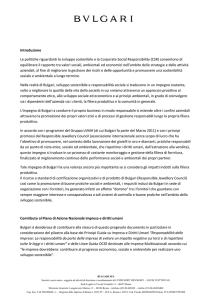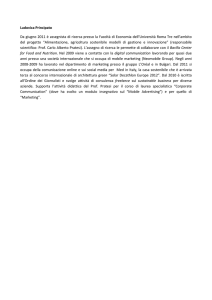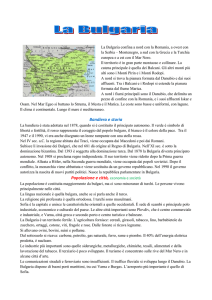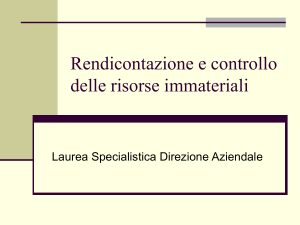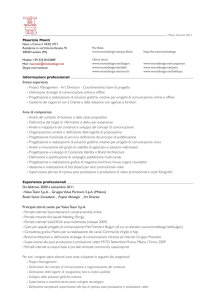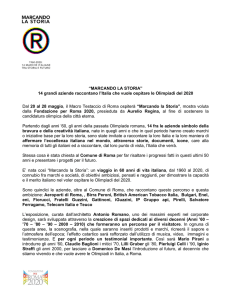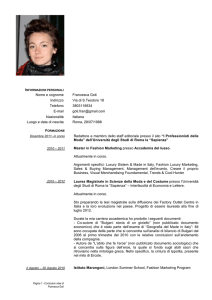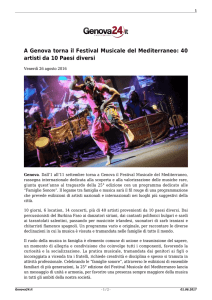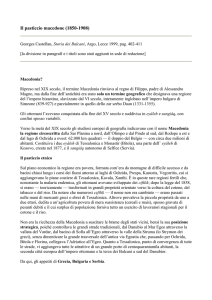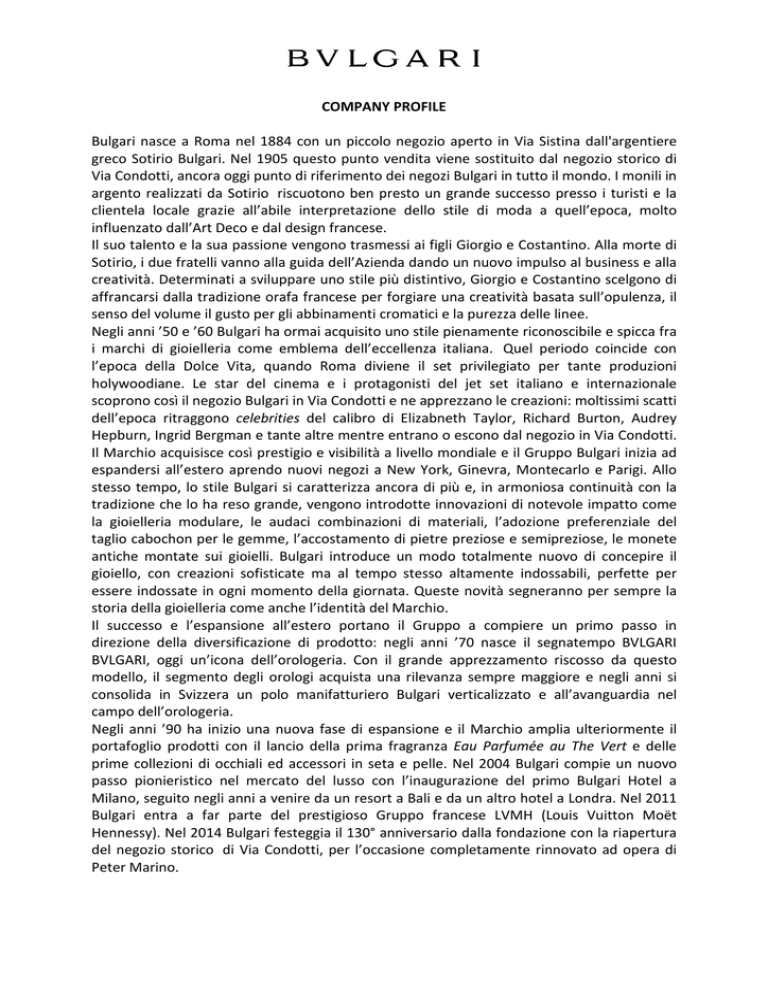
COMPANY PROFILE
Bulgari nasce a Roma nel 1884 con un piccolo negozio aperto in Via Sistina dall'argentiere
greco Sotirio Bulgari. Nel 1905 questo punto vendita viene sostituito dal negozio storico di
Via Condotti, ancora oggi punto di riferimento dei negozi Bulgari in tutto il mondo. I monili in
argento realizzati da Sotirio riscuotono ben presto un grande successo presso i turisti e la
clientela locale grazie all’abile interpretazione dello stile di moda a quell’epoca, molto
influenzato dall’Art Deco e dal design francese.
Il suo talento e la sua passione vengono trasmessi ai figli Giorgio e Costantino. Alla morte di
Sotirio, i due fratelli vanno alla guida dell’Azienda dando un nuovo impulso al business e alla
creatività. Determinati a sviluppare uno stile più distintivo, Giorgio e Costantino scelgono di
affrancarsi dalla tradizione orafa francese per forgiare una creatività basata sull’opulenza, il
senso del volume il gusto per gli abbinamenti cromatici e la purezza delle linee.
Negli anni ’50 e ’60 Bulgari ha ormai acquisito uno stile pienamente riconoscibile e spicca fra
i marchi di gioielleria come emblema dell’eccellenza italiana. Quel periodo coincide con
l’epoca della Dolce Vita, quando Roma diviene il set privilegiato per tante produzioni
holywoodiane. Le star del cinema e i protagonisti del jet set italiano e internazionale
scoprono così il negozio Bulgari in Via Condotti e ne apprezzano le creazioni: moltissimi scatti
dell’epoca ritraggono celebrities del calibro di Elizabneth Taylor, Richard Burton, Audrey
Hepburn, Ingrid Bergman e tante altre mentre entrano o escono dal negozio in Via Condotti.
Il Marchio acquisisce così prestigio e visibilità a livello mondiale e il Gruppo Bulgari inizia ad
espandersi all’estero aprendo nuovi negozi a New York, Ginevra, Montecarlo e Parigi. Allo
stesso tempo, lo stile Bulgari si caratterizza ancora di più e, in armoniosa continuità con la
tradizione che lo ha reso grande, vengono introdotte innovazioni di notevole impatto come
la gioielleria modulare, le audaci combinazioni di materiali, l’adozione preferenziale del
taglio cabochon per le gemme, l’accostamento di pietre preziose e semipreziose, le monete
antiche montate sui gioielli. Bulgari introduce un modo totalmente nuovo di concepire il
gioiello, con creazioni sofisticate ma al tempo stesso altamente indossabili, perfette per
essere indossate in ogni momento della giornata. Queste novità segneranno per sempre la
storia della gioielleria come anche l’identità del Marchio.
Il successo e l’espansione all’estero portano il Gruppo a compiere un primo passo in
direzione della diversificazione di prodotto: negli anni ’70 nasce il segnatempo BVLGARI
BVLGARI, oggi un’icona dell’orologeria. Con il grande apprezzamento riscosso da questo
modello, il segmento degli orologi acquista una rilevanza sempre maggiore e negli anni si
consolida in Svizzera un polo manifatturiero Bulgari verticalizzato e all’avanguardia nel
campo dell’orologeria.
Negli anni ’90 ha inizio una nuova fase di espansione e il Marchio amplia ulteriormente il
portafoglio prodotti con il lancio della prima fragranza Eau Parfumée au The Vert e delle
prime collezioni di occhiali ed accessori in seta e pelle. Nel 2004 Bulgari compie un nuovo
passo pionieristico nel mercato del lusso con l’inaugurazione del primo Bulgari Hotel a
Milano, seguito negli anni a venire da un resort a Bali e da un altro hotel a Londra. Nel 2011
Bulgari entra a far parte del prestigioso Gruppo francese LVMH (Louis Vuitton Moët
Hennessy). Nel 2014 Bulgari festeggia il 130° anniversario dalla fondazione con la riapertura
del negozio storico di Via Condotti, per l’occasione completamente rinnovato ad opera di
Peter Marino.
COMPANY PROFILE
Bulgari was founded in Rome in 1884 as a jewellery shop by the Greek silversmith Sotirio
Bulgari. In 1905 the first shop inaugurated by Sotirio in Rome in Via Sistina was replaced by
the flagship store in Via Condotti, which is still today the point of reference for all the Bulgari
stores around the world. The jewels crafted by Sotirio gained instant renown among the
local clientele and wealthy foreign tourists, thanks to his skilful interpretation of the
fashionable trends of the time, mainly influenced by Art Déco and French design. His passion
and inspiration were conveyed to his sons, Giorgio and Costantino. When Sotirio died, the
two brothers took the helm and strongly developed the business by providing a new
creative impulse. Giorgio and Costantino chose to gradually move away from the French
tradition and forged a distinctive style based on opulence, sense of volume, taste for colour
and purity of lines.
By the ’50s and ’60s, Bulgari jewels had acquired a recognizable style and stood out as
emblems of Italian excellence. It was right in that period that Rome became “the Hollywood
on the Tiber”. As the era of the Dolce Vita began, movie stars and celebrities from the Italian
and international jet set became acquainted with Bulgari and fell in love: countless photos
from the period immortalise celebrities like Liz Taylor, Richard Burton, Audrey Hepburn and
Tyrone Power coming in and out of the Condotti store. The brand thus achieved
international fame, which encouraged the Group to begin its expansion abroad in the ‘70s
with the opening of additional stores in New York, Geneva, Monte Carlo and Paris. At the
same time, the Bulgari style became more and more recognizable. As years went by, major
innovations were introduced in the Bulgari style and design, always in harmonious continuity
with its inspiring legacy: the versatile modular jewellery, the audacious materials
combinations such as ceramic and gold, the massive use of cabochon cut stones in
prominent position, the juxtaposition of precious and semiprecious stones for the sake of an
impressive chromatic effect, the use of ancient coins mounted in jewels. It was a totally new
way to conceive jewels through wearable yet sophisticated creations which could be worn
from morning until night. Such novelties marked the history of jewellery and shaped forever
the Bulgari’s identity. The success and expansion abroad were followed by the first step in
diversification: in 1970s Bulgari made an important mark in the world of watchmaking by
launching its first watch, the celebrated BVLGARI BVLGARI, which has since become an icon
of Bulgari style. With the great success of the BVLGARI BVLGARI model, watches became a
significant part of the business and in Switzerland was founded a verticalised Bulgari watch
manufacture. In the middle of 1990s a new phase of strong growth and new challenges
began, and Bulgari chose to further diversify by entering the perfume business with the
launch of its first fragrance, Eau Parfumée au Thé Vert, and of its first collection of silk
accessories, then followed by a wide range of leatherwear and eyewear.
The opening of the first Bulgari Hotel in Milan in 2004, another pioneering step in the ambit
of luxury business, was followed by the opening of a Bulgari resort in Bali and of a new
Bulgari Hotel in London. In 2011 Bulgari joined forces with the luxury conglomerate LVMH
(Louis Vuitton Moët Hennessy). In 2014 the Group proudly celebrated its 130th anniversary
with the reopening of the Condotti flagship store after a lavish renovation by Peter Marino .

